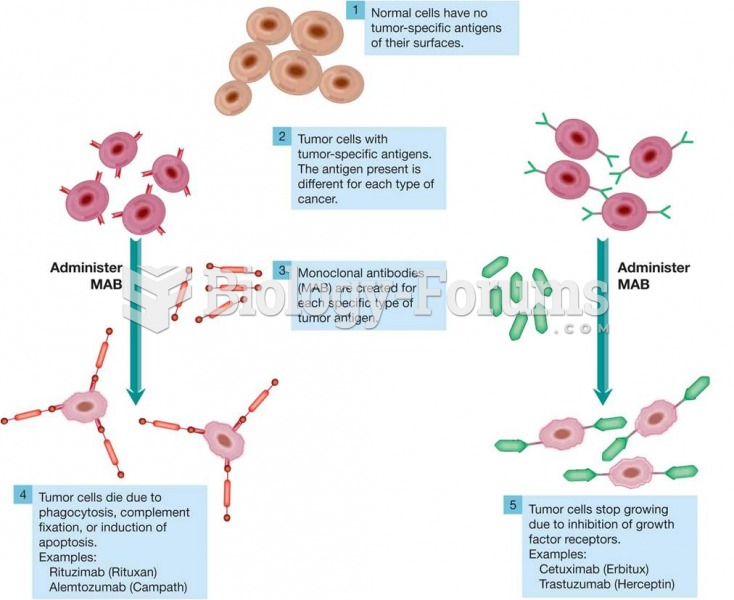Answer to Question 1
D
Rationale: Patients facing stressful health carerelated events may also experience spiritual dis-tress. Illness states can place a patient in a position that forces consideration of the fragile nature of life. Resulting from a potential life or death experience or a life-changing event, such as be-coming paralyzed; losing a limb, sight, or hearing; or learning to live with a debilitating illness, spiritual distress may take on many manifestations. Much as in the grief process, the patient may display anger, blame, bargaining, or denial or may overtly cling to a spiritual guide. As RN, you assess for spiritual distress and implement interventions that will help the patient cope, such as facilitating the patient's spiritual connection either through a referral or just by respecting per-sonal wishes. Often the patient will require a spiritual guide by his or her side.
Answer to Question 2
C
Much within the environment of the acute care setting has the potential to extend the patient's length of stay by introducing unexpected complications. Moving the patient through the acute care setting effectively and safely requires the RN to pay attention as the patient responds to the environment, as well as to anticipate the potential effects the environment, including staffing is-sues, may have. A common nursing diagnosis is potential for infection, and nosocomial, or hospital-acquired, infections are just one of the problems that competent nursing management can prevent. The charge nurse can manage this environmental concern by basing bed assignments on the diagnoses of the patients and then subsequently basing caregiver assignment on qu-alifications.






